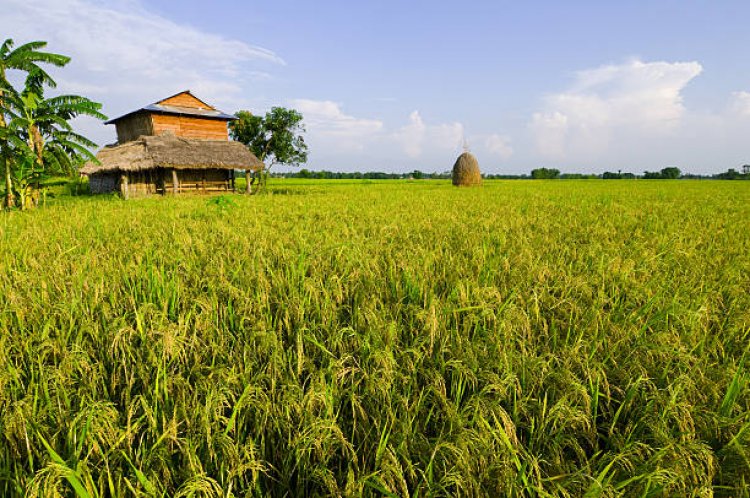Discover the Beauty of Terai Region in Nepal
Explore the diverse culture and natural wonders of Terai, the southern plains of Nepal. Immerse yourself in the vibrant history and breathtaking scenery of this unique region.

Terai Region of Nepal is a vast and fertile lowland area located in the southern part of the country. It spans approximately 17% of the total land area and is a region of rich cultural and ecological diversity, making it an important part of Nepal's cultural and economic heritage.
The Terai Region is characterized by its flat and fertile plains, which are ideal for agriculture. The area is known for its rich soil and abundant water resources, making it a major center of agriculture in Nepal. Major crops grown in the region include rice, wheat, sugarcane, and maize, among others.
In addition to agriculture, the Terai Region is also home to many other important industries, such as textiles, food processing, and tourism. The region's proximity to India and its rich cultural heritage make it an attractive destination for tourists, and it is estimated that around 25% of all foreign tourists visiting Nepal come to the Terai Region.
Despite its economic and cultural significance, the Terai Region has faced many challenges in recent years. Overpopulation, land degradation, and the impacts of climate change have all contributed to a decline in the region's agricultural productivity and the overall well-being of its residents. In addition, there has been a significant loss of biodiversity in the region, as forests and other natural habitats have been cleared for agriculture and other uses.
To address these challenges, the Nepalese government and international organizations have implemented a number of initiatives aimed at promoting sustainable development in the Terai Region. These include programs aimed at improving agricultural practices, conserving biodiversity, and promoting tourism and other industries that are environmentally and economically sustainable.
Despite these efforts, the Terai Region remains one of the most vulnerable regions in Nepal, and much more needs to be done to protect its unique cultural and ecological heritage. However, with continued support and collaboration between the Nepalese government, international organizations, and the local communities, the Terai Region has the potential to become a hub of sustainable development and a model for the rest of the country.
In conclusion, the Terai Region of Nepal is a region of great importance, both economically and culturally. With its rich agricultural heritage and its abundant natural resources, it has the potential to be a major contributor to Nepal's overall development. However, to achieve this potential, the region must overcome the challenges of overpopulation, land degradation, and the impacts of climate change. Through the combined efforts of the Nepalese government, international organizations, and local communities, the Terai Region can become a shining example of sustainable development, with a thriving economy, a rich cultural heritage, and a healthy and thriving ecosystem.
What's Your Reaction?





































































































